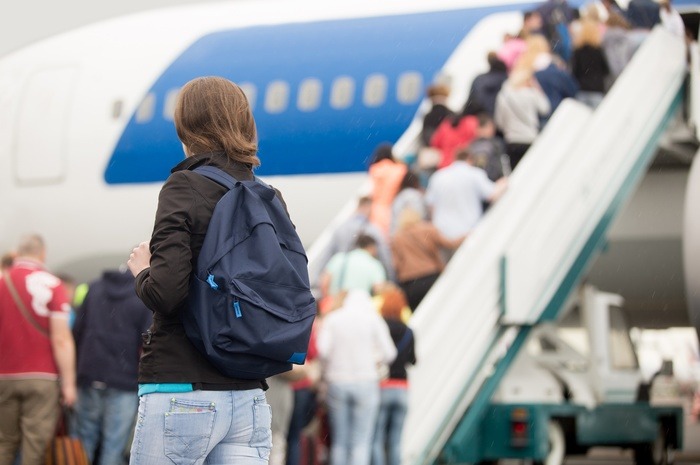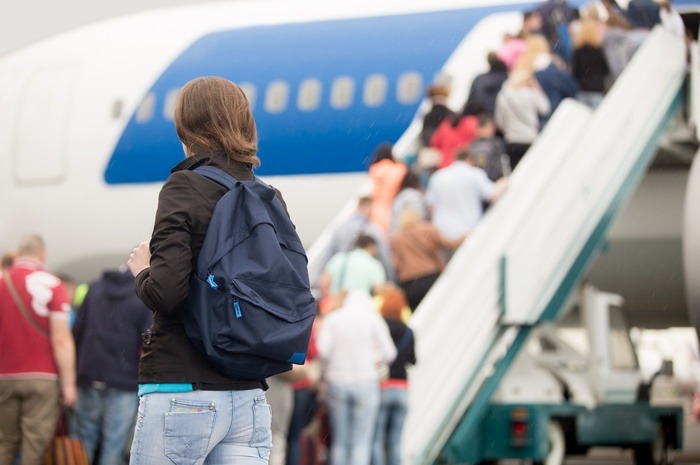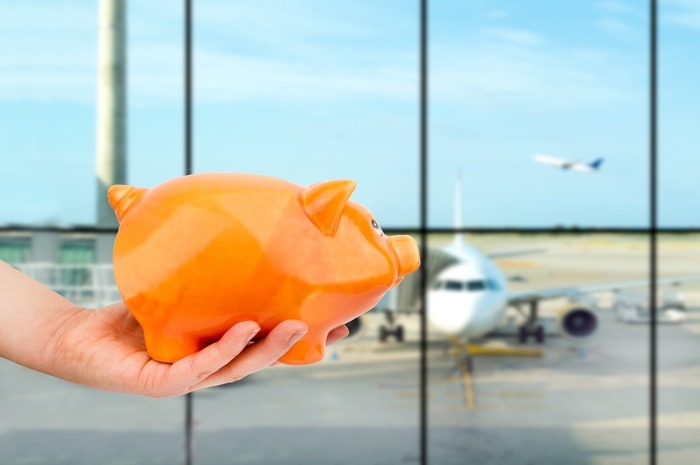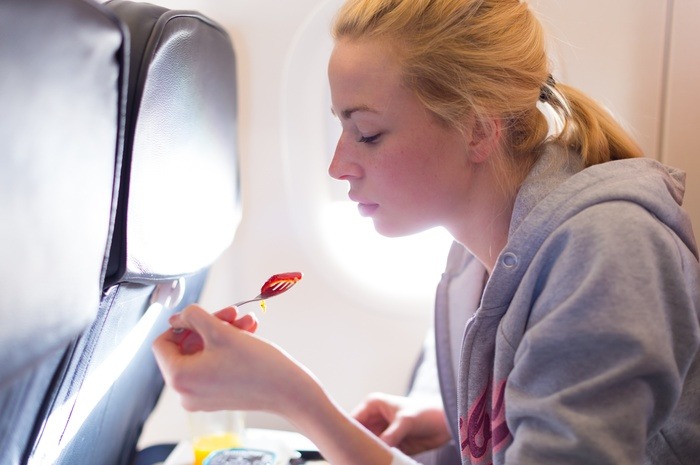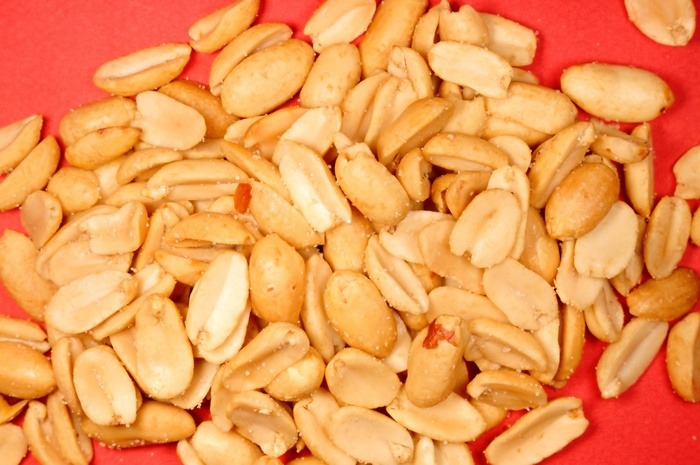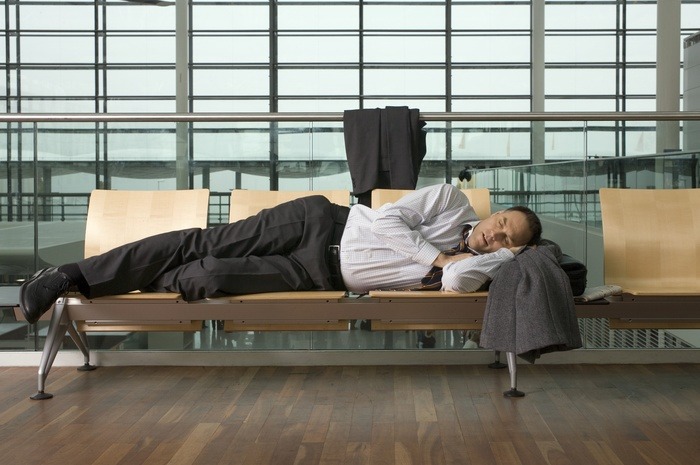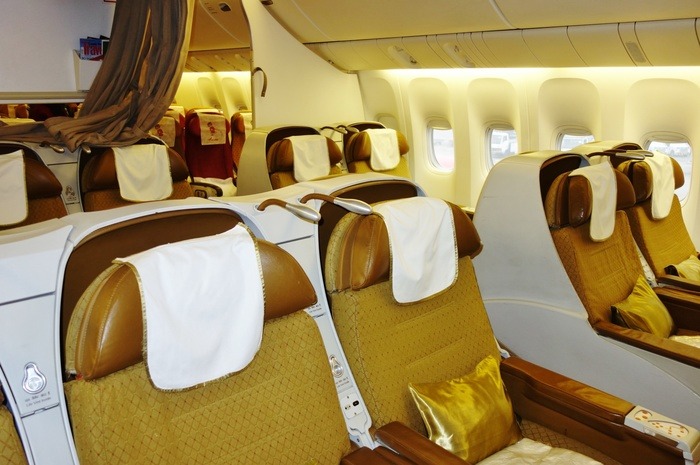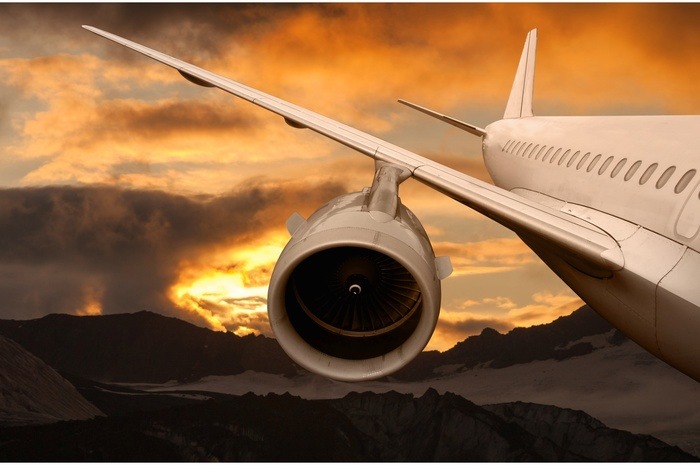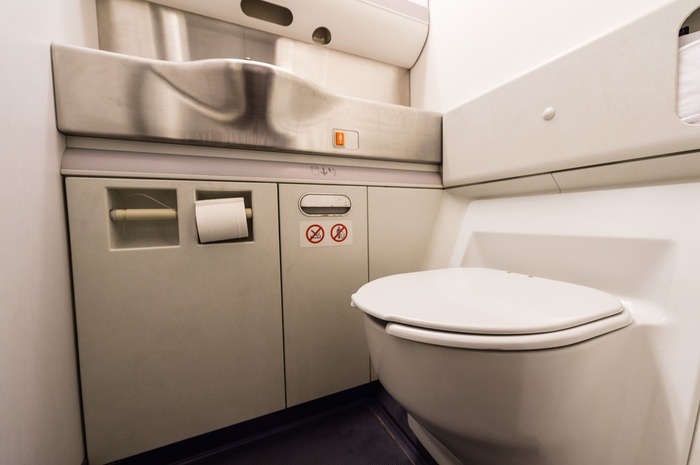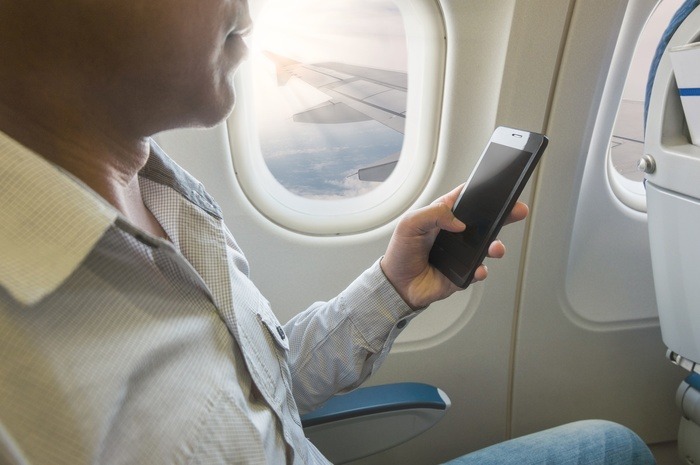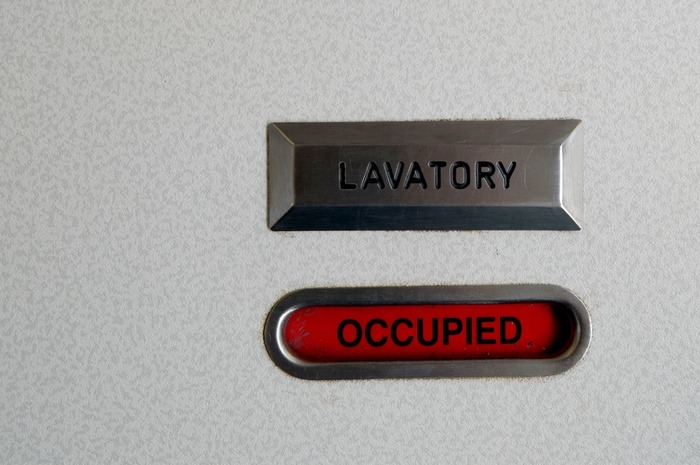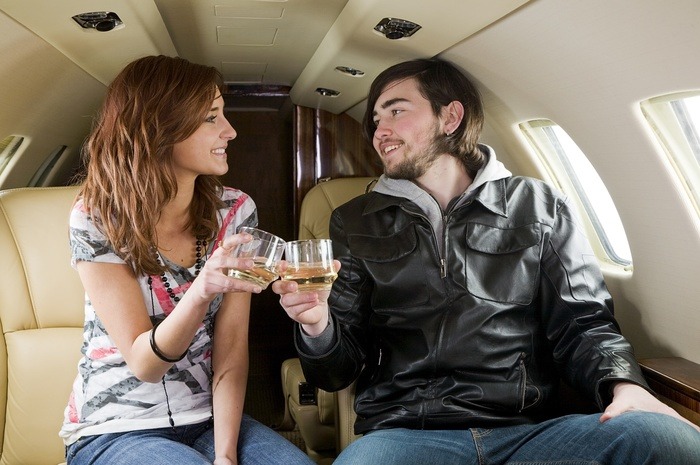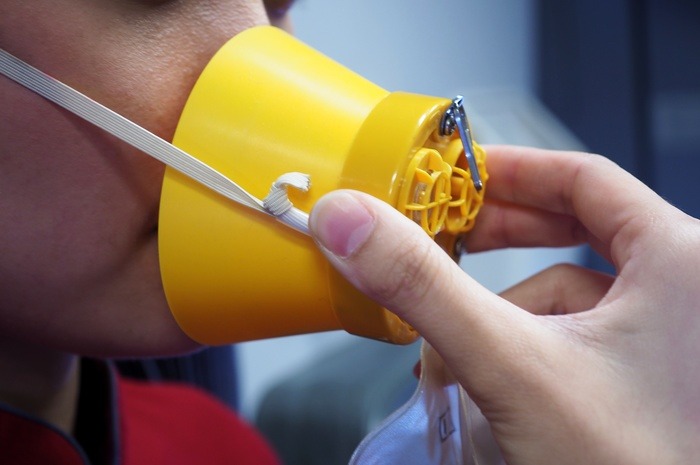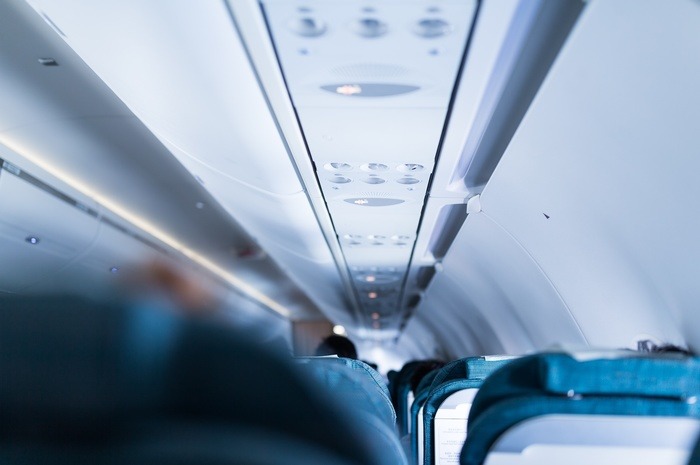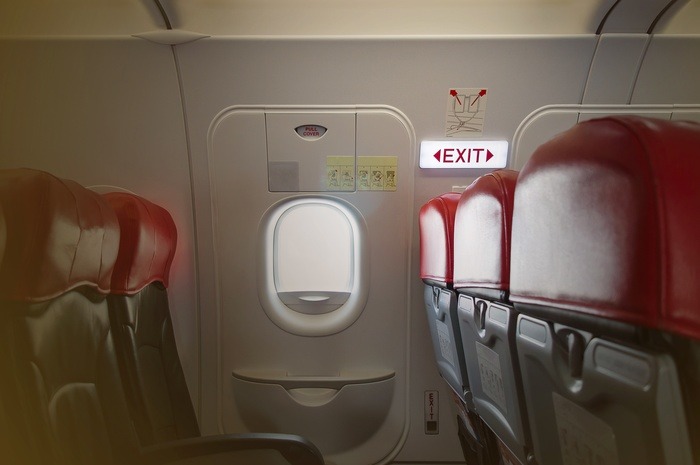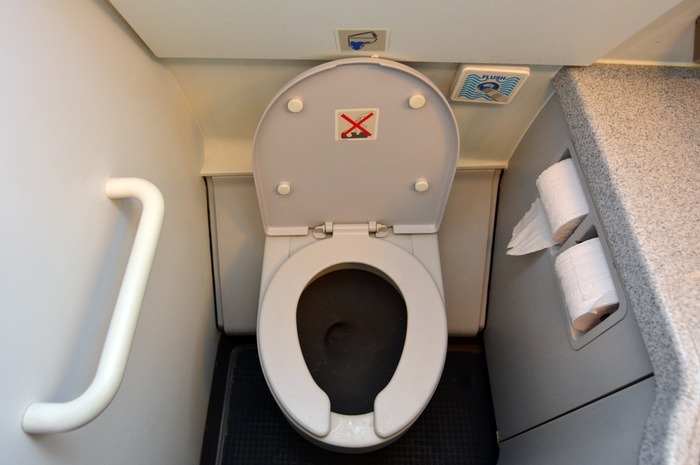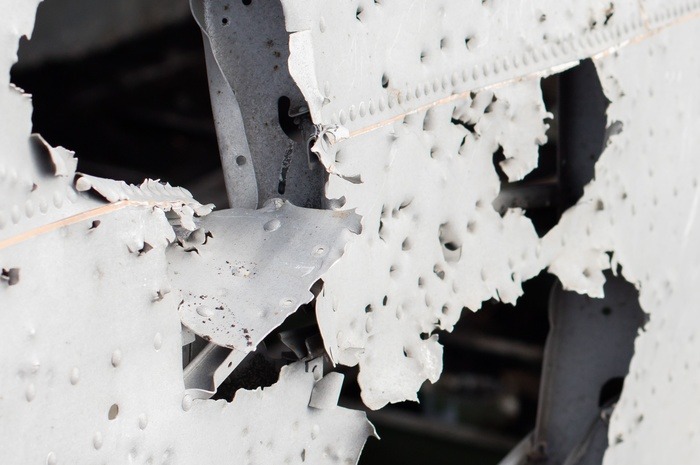15 Facts And Myths About Flying
15 Facts and Myths About Flying
Flying is still a mysterious experience that terrifies some people. After all, you are doing something that is naturally not possible. Planes are scary machines that can be very intimidating, especially if you don't know anything about air travel. Unfortunately, when people lack information they usually make it up.
Myth #1: Flying direct is the cheapest way to travel
"One assumption about flying that I hear often is flying direct (without layovers) is ALWAYS the easiest, cheapest, and best method to traveling overseas," Cassandra Santoro from travelitalianstyle.com says. "For those flying to Italy (for example), it is true; you can find great deals by booking direct flights to Rome and Milan. However, most travelers book these airports thinking that all of Italy is just a train or car ride away." In actuality, it could cost up to $100 extra a person and 3-5 hours of traveling to get to the other main cities in Italy such as Venice or Florence from these airports, Santoro adds. "It seems the easiest way is to book your arrival flight to the closest airport of your first destination and same for the departure city."
Myth #2: It is impossible to eat healthy on a flight
"Besides being able to bring your own healthy options right on board, most airlines allow you to request a vegan or vegetarian meal while booking your ticket," Santoro says. "Airlines have come accustomed to providing to all dietary and nutritional requests, but if you have any doubt contact the airlines directly."
Myth #3: Airlines no longer service peanuts due to allergies
"With the recent increase of peanut allergies, many airlines have boycotted this original flight favorite," Santoro says. "However, there is no law against peanuts being served on planes. So if you have any allergy contact the airline and let them know about your condition," she adds.
Myth #4: There's a way to avoid jet lag
"Jet lag is unavoidable, inconsistent and unpredictable," Lee Abbamonte, the youngest American to visit every country, says. "Sometimes you get it, sometimes you don't and there's nothing you can do to avoid it, but, theoretically, you can minimize it by staying hydrated, staying on the time zone of your destination and getting enough rest," he adds.
Myth #5: Getting upgraded is impossible without paying big money
"You can get upgraded in any number of ways for free or cheaply using miles, points, airline or alliance status and even simply asking nicely," Abbamonte says. "Gate agents are the gatekeepers and they're people, too. Being polite can go a long way."
Myth #6: Turbulence can cause plane crashes
"Turbulence is not dangerous; it's unpleasant but not dangerous," Abbamonte says. "Planes do not crash from turbulence." It actually should be expected as it's part of flying. Different factors can cause turbulence. The most common is Clear Air Turbulence which is like a fast-flowing river (the plane) swirling against the riverbank (the air flow).
Myth #7: Bathrooms are the dirtiest part of a plane
"Your tray table is the least hygienic part of a plane," Abbamonte says. "I suggest bringing anti-bacterial wipes and wiping them down if you plan to use them along with your armrest, etc.," he adds. During an experiment, microbiologists found more than 3,000 bacteria on a plane. The next filthiest place is everything inside the seat pocket. The overhead air vents are among the worst offenders, too.
Myths #8: Phone can cause problems
Cell phones are actually not a safety risk. There is no hard evidence proving that they cause problems or interfere with the electronics on the plane. In fact, federal regulators are leaning toward allowing airline passengers to routinely make phone calls during flights, according to news reports.
Myth #9: Planes dump human waste while flying
This is probably the oldest legend in the book about flying. The contents of the lavatories cannot be discarded during a flight, according to pilots. At the end of a flight, the blue fluid, along with people's "contributions" to it, are vacuumed into a tank on the back of a truck, which dumps it elsewhere, but certainly not above the houses of unsuspecting residents.
Myth #10: You get drunk quickly while flying
If this were true, flight attendants probably would never serve alcohol. You get drunk quicker if you consume a lot of alcohol in a short amount of time, regardless of how high in the air you are. There is less oxygen in the air at high altitude, which can make you feel lightheaded, which some may confuse as drunk.
Myth #11: You can get high from the oxygen in the emergency masks
Don't believe everything you see in movies. Oxygen masks are there to help you keep breathing if the cabin pressure suddenly drops. This will allow enough time for the pilot to bring to plane to a lower altitude where there is enough oxygen in the air and passengers can breathe without help.
Myth #12: Cabin air is not recycled
Many people seem to think that if one passenger sneezes on a plane then everyone else will be sick because the air doesn't really go out and the germs circulate in the cabin. Next time you have to fly, don't worry about such possibility. Aircrafts recirculate up to 50 percent of the air in the cabin mixed with outside air, according to the CDC. The recirculated air passes through a series of filters 20–30 times per hour. In most newer-model airplanes, the recycled air passes through high-efficiency particulate air filters, which capture 99.9 percent of harmful particles.
Myth #13: Jet doors can be opened mid-flight
This is another myth you can blame on action movies. Also, if this were true, you would have probably heard of several passengers who have "succeeded." Don't worry; it won't happen. The doors of commercial jets are locked against the fuselage by thousands of pounds of pressure. A passenger would need a hydraulic jack to open it.
Myth #14: You can get stuck on a plane toilet
While technically this is possible, it's highly unlikely. Your behind would have to be perfectly matching the toilet seat forming a seal. There will be suction, of course, when you flush down and you're still sitting, but it won't be strong enough. You will easily be able to get up. Also, you cannot get sucked down a plane toilet, which some people somehow believe to be true.
Myth #15: A small hole on the plane will eventually suck everything out
A big hole will be a problem because it will cause a large-scale structural failure, which will lead to explosive, or rapid decompression. A small hole won't have this significant effect. The level of cabin pressurization will automatically adjust. If the plane doesn't break the moment the hole opens, it will most likely not grow larger because the decompression is over.
